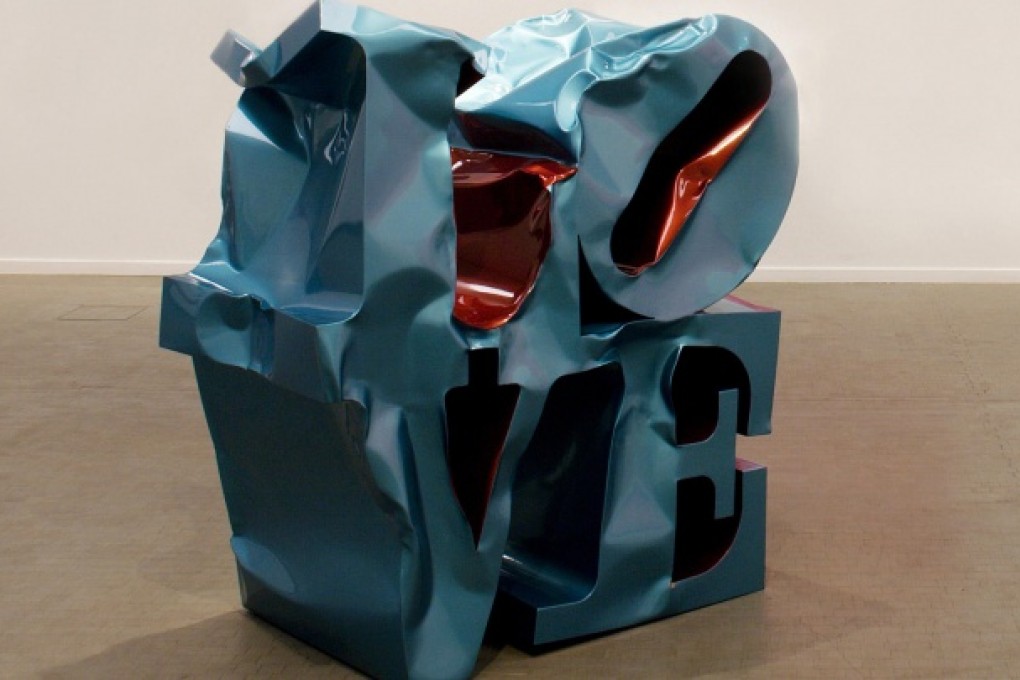The many faces of love
Tokyo's Mori museum looks at the universal emotion, from the kitsch to the mundane to the sublime, writes David McNeill

There can't be many galleries that wedge Marc Chagall into the same exhibition space as John Lennon, Salvador Dali, Gothic Lolita and the psychedelic polka-dot art of Yayoi Kusama. That's before we get to Frida Kahlo, Tracey Emin and New York-based artist Laurie Simmons, who brings a faintly creepy photographic collection of Japanese sex dolls.

The Tokyo landmark, sitting atop one of the city's tallest buildings, is celebrating a decade in business and nearly 12 million happy customers, with a look at Eros, amore and plain old ("love" in Japanese). The distinction is important: Mori is trying to cast its net around not just romantic but familial love, and love for humanity. If that sounds like an artistic version of mission impossible, you can certainly admire the scattershot ambition and eclecticism of "All You Need is Love", while trying not to get dizzy from the abrupt shifts in tone.
So for the price of entry - 1,500 yen (about HK$118) - you get Auguste Rodin's erotic masterpiece and Chagall's iconographic painting of lovers floating above humanity in . Brit bad-girl Emin has brought along a harmless pink neon exhibit called .
Lennon is here in a series of well-thumbed images with Yoko Ono taken during their famous 1969 "bed-in" episode, when the pair stayed horizontal for two weeks to protest against the Vietnam war. Even John Constable makes a showing in , a portrait of smug 18th-century English bourgeois life.
When it's not art, it is decoration. All art worth its name is critical
So far so conventional - but then the exhibition gets really interesting, even disturbing. British photographer Richard Billingham's remarkable, jarring document of the relationship between his alcoholic father and his chain-smoking, obese mother is a particularly dark look at familial bonds. Mako Idemitsu explores the repressed desires and queasy attachment at the heart of the family in , showing a doting mother keeping constant surveillance over her son.
